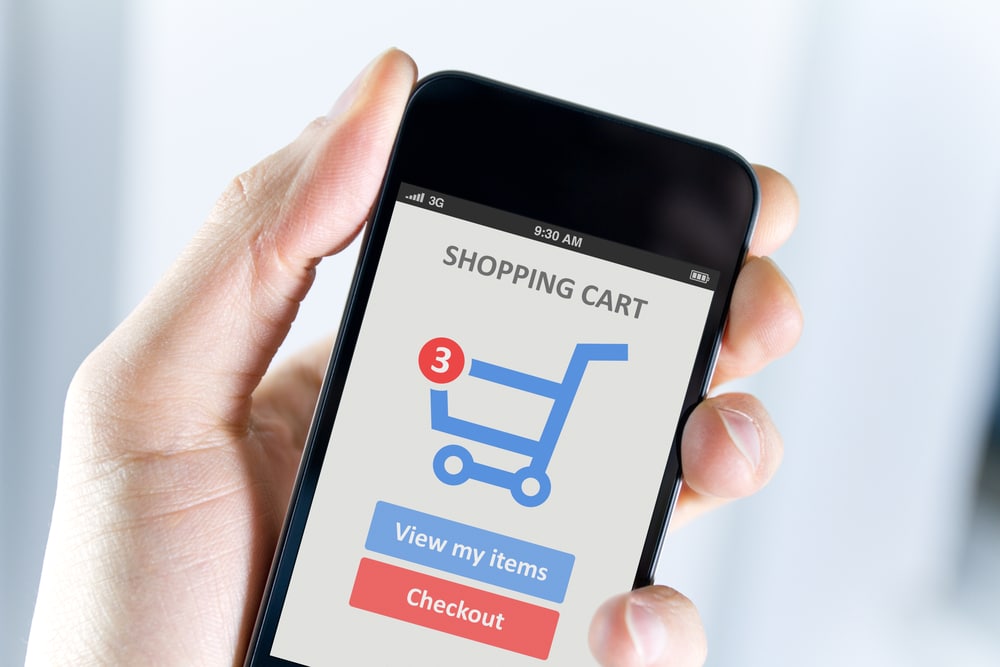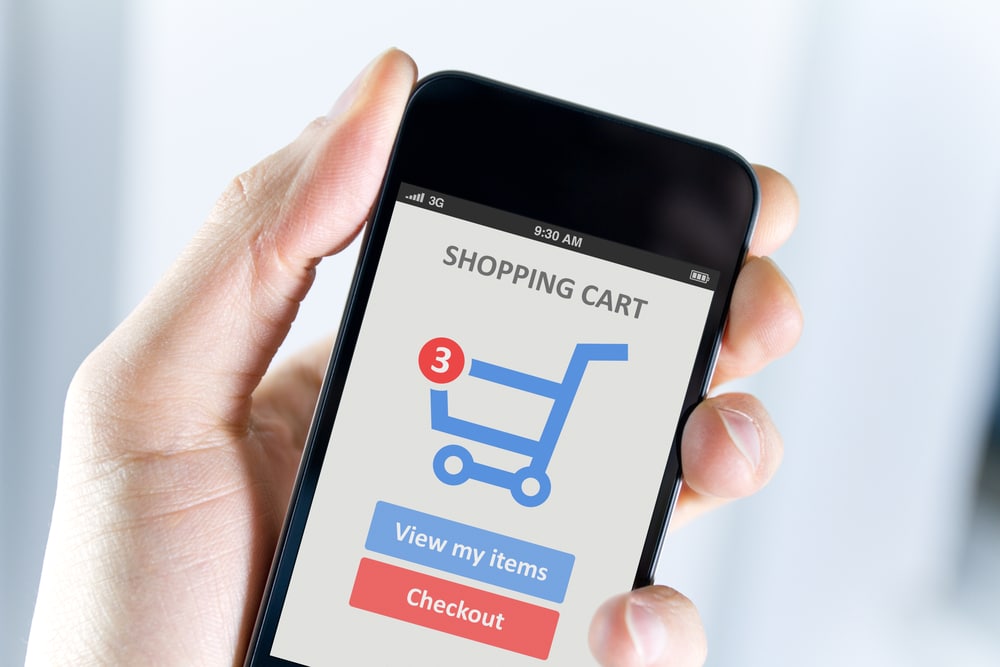The only thing better than confirming a customer’s intent to buy is actually winning a sale, and retailers must be ready to accommodate new buying habits.One such popular trend is BOPIS retail, or “buy-online-pickup-in-store.” Customers are making purchases online but are refusing to have items shipped to their door. Instead, they are picking items up at the retail store in person, which cuts out shipping fees and allows customers to get items faster than if they had to wait days for delivery.
Customers love the speed and convenience of BOPIS, but it has benefits for retailers, too. Learn how to offer BOPIS service and watch sales go up, even without a rise in foot traffic.
BOPIS Retail Increases Sales and Shortens Check-Out Lines
With BOPIS retail, customers can save time by avoiding long lines and crowds, especially at stores that offer curbside pick up. It’s especially convenient for shoppers who know exactly what they want and don’t want to search through aisles for a specific item. All of this convenience has made it easier for customers to commit to a product by making the actual purchase. It’s no surprise that when surveyed, 57% of online shoppers said they had made a BOPIS purchase in 2018. The resulting rise in sales has been great news for retailers already operating BOPIS retail.
When customers purchase an item online, it means they’ve located the product and gone through the check-out process without getting help from a store clerk. This reduces the amount of time employees spend assisting customers with such tasks. While employees still need to collect items from stockrooms or sales floors, labor savings can be made by implementing pick-up lockers. These allow customers to pick-up items on their own, which frees store employees to work on other tasks.
BOPIS retail relieves pressure at retail chain procurement centers, especially around the holidays. It incentivizes customers to make purchases at a single store; all of which they can pick up in one trip. Plus, it’s an opportunity to offer promotions. Retailers can give customers a discount for trying BOPIS or create a BOPIS rewards program. There’s also a way to avoid missing out on upsells. By using a mobile shopping app, retailers can offer upsells, crossells, or promotions to customers when they arrive to pick up their order.
How Home Depot is Winning Sales Through BOPIS Retail
Home Depot has one of the best BOPIS retail success stories around. The home improvement supply chain was noted for its innovation when it began installing customer pick-up lockers in 2016. This made its BOPIS operations more convenient as customers were able to access their purchases themselves without the assistance of a store clerk. This change significantly improved the customer BOPIS experience, and even reduced Home Depot’s shipping costs.
 How big of an impact did customer pick-up lockers make? In 2018, 48 percent of Home Depot’s online purchases were made using their BOPIS system. That’s a huge number, especially for a new system. The sales didn’t end there. Once the customers arrived at Home Depot to get their order, 20 percent purchased additional merchandise during their trip. This shows the upsell potential BOPIS has to offer, and all it took was for the retailer to pay attention to trends in consumer buying behavior.
How big of an impact did customer pick-up lockers make? In 2018, 48 percent of Home Depot’s online purchases were made using their BOPIS system. That’s a huge number, especially for a new system. The sales didn’t end there. Once the customers arrived at Home Depot to get their order, 20 percent purchased additional merchandise during their trip. This shows the upsell potential BOPIS has to offer, and all it took was for the retailer to pay attention to trends in consumer buying behavior.
Implementing new systems can be intimidating. Thankfully for retailers, there are apps that can help you leverage BOPIS sales.
Increase Your BOPIS Program with Shopkick
One of the best ways to increase your BOPIS market share is by using a mobile shopping app. Mobile app usage has taken off and smartphones are beating out desktops as consumers’ favorite way to make online purchases. Break into this space by using a popular mobile app that can increase your sales, like Shopkick.
One of the best ways to increase your BOPIS market share is by using a mobile shopping app.
Shopkick is a shopping rewards app that allows retailers to expand their reach. Companies that partner with Shopkick—like Home Depot—can reach a market of consumers that they might not have been able to reach before. In Home Depot’s case, Shopkick rewards users for purchasing online, an incentive that the retailer doesn’t have to worry about offering themselves—the app does it for them.
Customers are choosing how they want to make purchases, their way. Partner with Shopkick and don’t miss out on BOPIS sales opportunities.
If you’re looking for an easy way to raise your BOPIS market share, become one of our partners. Shopkick can help you win more BOPIS sales, while engaging customers when they come to the store for item pick-up. To get started with Shopkick, contact us.
Image courtesy of Bloomicon





